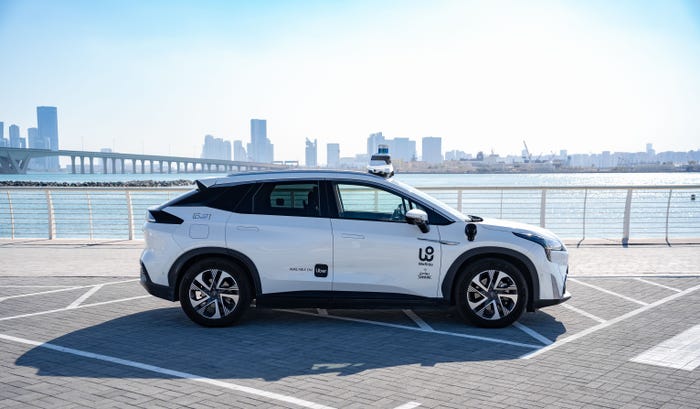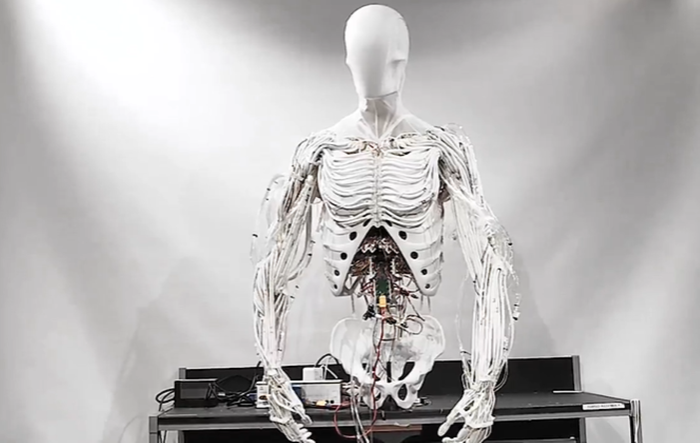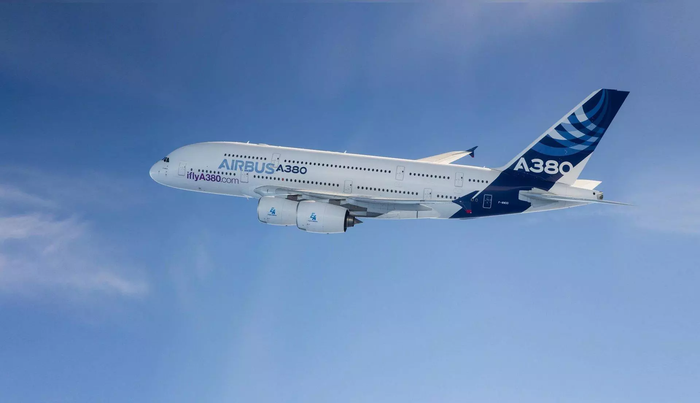MIT Automated Co-Pilot Designed for Safer Flights
The Air-Guardian system monitors pilot focus, intervening when their attention wavers

MIT researchers have designed an automated co-pilot system, the Air-Guardian, that “blends human intuition with machine precision” to create safer aircraft.
The system is designed to monitor a pilot’s eye movements and behavior to “map” their attention and identify when their focus has drifted, at which point the system will step in to take over the controls.
The Air-Guardian system works to intervene preemptively, rather than only intervening during safety breaches, as traditional autopilot systems do, and is intended for both commercial and military purposes.
According to the team, the system has a wide range of use cases beyond aviation, with the potential to provide cooperative control capabilities in vehicles, drones and robotics.
"An exciting feature of our method is its differentiability," said Lianhao Yin, MIT CSAIL postdoc and lead author of the Air-Guardian study. "Our cooperative layer and the entire end-to-end process can be trained … Another unique aspect is adaptability. The Air-Guardian system isn't rigid; it can be adjusted based on the situation's demands, ensuring a balanced partnership between human and machine.”
In field tests, the system was tested for its efficacy in helping a pilot reach a target point rapidly and safely. Results showed the system reduced flight risk levels and increased the success rate of navigating to target points.
“The Air Guardian system highlights the synergy between human expertise and machine learning, furthering the objective of using machine learning to augment pilots in challenging scenarios and reduce operational errors,” said Daniela Rus, MIT CSAIL’s Director.
Before the system can reach mass adoption, the team said it needs to refine the human-machine interface, with test results suggesting the need for an indicator, such as a bar, to alert a pilot when the system takes control.
The research was partially funded by the United States Air Force Research Laboratory, the United States Air Force Artificial Intelligence Accelerator, the Boeing Co. and the Office of Naval Research.
About the Author
You May Also Like








